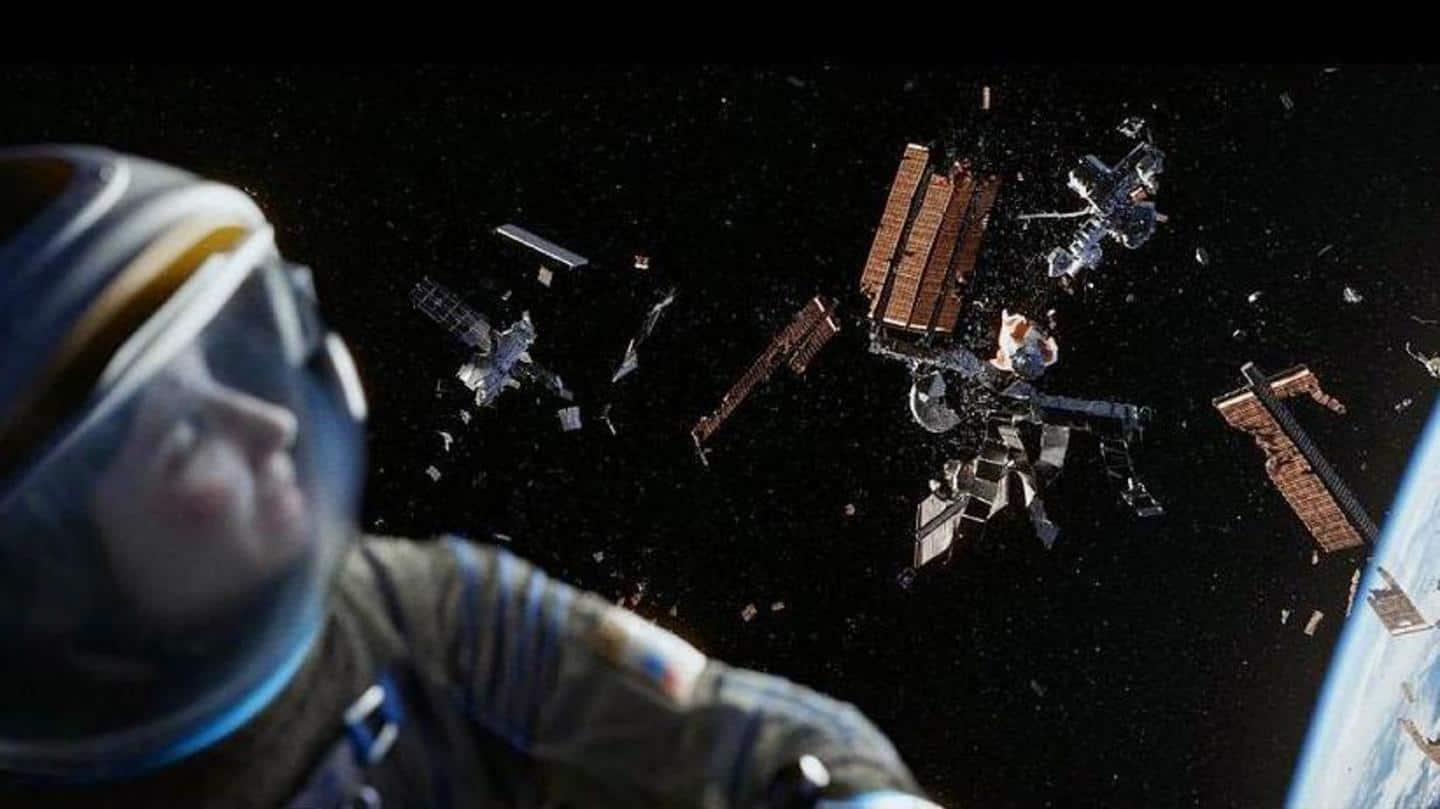
SpaceX's Crew Dragon capsule had a near-miss with space debris
What's the story
Last week we had reported how SpaceX Crew-2 mission carried four astronauts to the International Space Station (ISS) without incident. Unfortunately, the mission wasn't entirely incident free. The manned Crew Dragon capsule had a near-miss collision with potentially deadly space debris. Roughly eight hours into the launch, mission control alerted the crew about a possible space debris collision, which thankfully culminated in a near-miss.
Quote
SpaceX mission control's collision warning alert to the Crew-2 mission
"For awareness, we have identified a late-breaking possible conjunction with a fairly close miss distance to Dragon, as such we do need you to immediately proceed with suit donning and securing yourselves in seats," said SpaceX mission control through radio alert to the crew.
Depressurization
Astronauts asked to don pressure suits to increase survivability
The astronauts are currently safe aboard the ISS, despite this incident being one of the closest calls in recent times. However, they were asked to assume emergency stance, strap themselves into their seats, and don their pressurized suits when mission control detected the space debris headed their way. The suits would've increased their survivability if the debris had punctured the capsule causing catastrophic depressurization.
Orbital maneuvering
Crew barely avoided using SuperDraco rockets to outmaneuver debris
Notably, bracing for impact isn't the first line of defense against space debris. The Crew Dragon capsule is equipped with eight SuperDraco engines side-mounted in four redundant pairs. These powerful rocket engines allow the capsule to perform orbital maneuvers such as emergency evasion for collision avoidance. Fortunately, the space debris missed the capsule and negated the need to perform risky evasive maneuvers.
Unpredictable affair
How did the space debris evade detection?
NASA and other space agencies keep a keen eye on space debris generated by derelict spacecraft, out of service satellites, and abandoned launch vehicle stages. This is usually a predictable affair and space launches are planned to avoid them. However, it is impossible to predict the interactions between the space junk, which can cause collisions and ensuing trajectory deviations that are harder to predict.